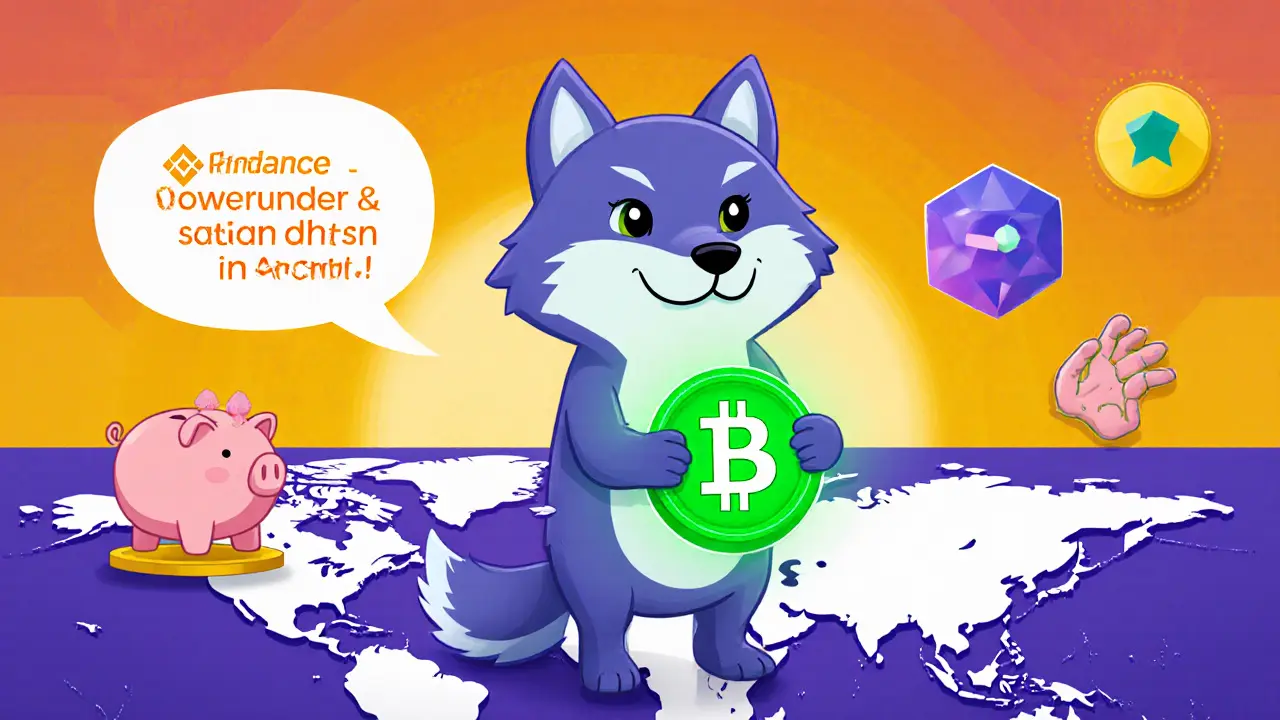Discover everything about the WSPP airdrop on Polygon: token basics, how the MEXC Kickstarter worked, current price, risks, and how to get involved.
Polygon Token (MATIC) – Everything You Need to Know
When you hear about Polygon token, the native utility token that powers the Polygon network, a sidechain built to scale Ethereum. Also known as MATIC, it enables fast, cheap transactions and fuels staking, governance, and fee payments. Ethereum, the leading smart‑contract platform that suffers from high gas fees and network congestion serves as the base layer that Polygon extends, while DeFi, decentralized finance applications that rely on quick, low‑cost swaps and yield strategies benefits directly from those scaling improvements. In short, Polygon token encompasses Layer‑2 scaling, requires staking for security, and influences Ethereum’s overall user experience.
Why Polygon Matters in 2025
Polygon’s architecture combines a plasma sidechain, a proof‑of‑stake (PoS) validator set, and optional rollups, which together create a hybrid solution that can handle thousands of transactions per second. This hybrid nature means the Layer 2 scaling, techniques that move work off the main chain while preserving security is not a single monolith but a toolbox—each tool fits a different use case, from simple token transfers to complex smart‑contract interactions. Because Polygon token is used to pay for gas on the sidechain, its price movements often mirror demand for fast DeFi trades, NFT minting, and gaming assets on the network. As more projects migrate to Polygon to avoid Ethereum’s fees, the token’s utility expands, creating a feedback loop where higher usage drives staking rewards, which in turn attracts more validators.
From a tokenomics perspective, Polygon token has a fixed supply of 10 billion, with a portion allocated to ecosystem grants, staking rewards, and a treasury that funds future development. The reward schedule is designed to balance inflation with network security, meaning that active stakers receive a share of newly minted MATIC each epoch. This design aligns incentives: the more validators lock up, the higher the network’s resilience, and the lower the chance of short‑term price drops caused by sell pressure. Moreover, the governance model gives token holders a voice in protocol upgrades, fee structure changes, and bridge integrations, linking community sentiment directly to technical evolution.
When you compare Polygon token to other scaling solutions like Optimism or Arbitrum, a few differences stand out. Polygon offers multiple execution environments—its PoS chain, zk‑rollups, and even a dedicated Ethereum‑compatible sidechain—while competitors often focus on a single rollup type. This flexibility attracts a broader range of developers, from DeFi veterans building yield farms to game studios needing instant transaction finality. The result is a richer ecosystem where you’ll find stablecoin hubs, NFT marketplaces, and cross‑chain bridges all using MATIC for fee settlement. Those real‑world applications feed back into the token’s demand curve, creating a virtuous cycle that’s reflected in the articles below.
In practice, you’ll see the concepts above pop up across our curated collection: guides that break down how Polygon token powers staking, deep dives into fee comparisons with Ethereum, and case studies of DeFi projects that migrated to the network. Whether you’re a beginner trying to understand why MATIC matters, or a seasoned trader looking for token‑level insights, the posts ahead give you actionable information, real‑world examples, and the latest market analysis. Dive in to see how Polygon token fits into the larger Web3 picture and what that means for your crypto strategy.

